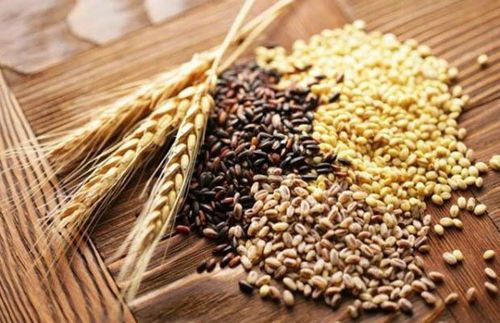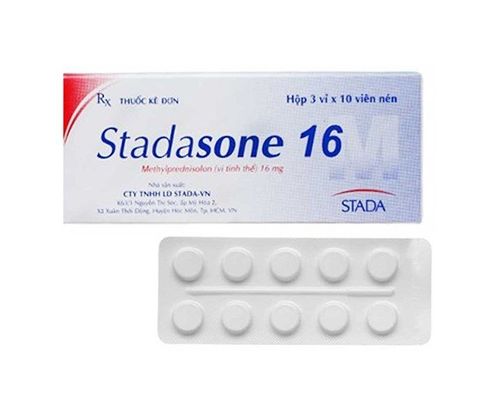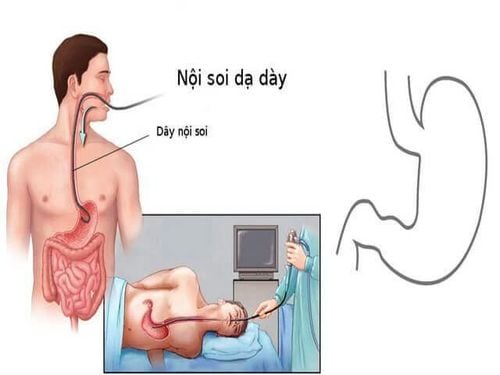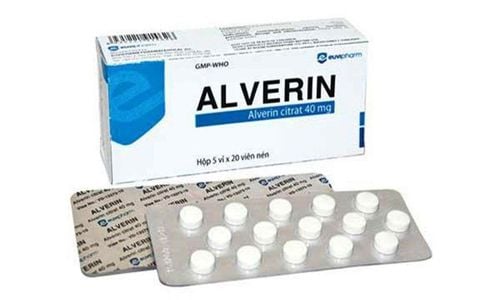This is an automatically translated article.
The article was written by Doctor Trinh Ngoc Duy - Emergency Department - Vinmec Times City International Hospital.Celiac is a chronic autoimmune disease caused by a reaction to gluten in food. The disease has a genetic factor and in clinical practice, manifestations are quite diverse from no symptoms to faint symptoms or severe cases can have typical malabsorption symptoms such as chronic diarrhea, anemia, etc. iron deficiency blood, thin weight loss...
This is considered a rare digestive disorder in which it is common in children, however, in recent years, the detection rate of this pathology has increased along with the recording of many extra-gastrointestinal and clinical symptoms. seen in many age groups.
1. The group of diseases with a high rate of accompanying Celiac disease
Malabsorption syndrome, diarrhea with weight loss, chronic diarrhea, unexplained weight loss Bone metabolic disease, early osteoporosis, thyroid disease Abdominal bloating, belching after meals, bowel syndrome stimulation Increased liver enzymes Atrophy of intestinal villi found incidentally on endoscopy/histopathology Peripheral neuropathy, Herpes dermatitis, oral aphthous ulcers, enamel hypoplasia Down syndrome, Turner syndrome...
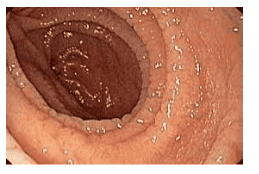
2. Which patients should be screened for Celiac disease?
There are currently no specific guidelines in which patients with clinical symptoms, laboratory abnormalities, or special medical history should be screened for Celiac.The detection rate of this pathology was slightly increased in the group of patients with irritable bowel syndrome and was significantly higher in the group of patients with iron-deficiency anemia of unknown reason.
Therefore, in some patients who are considered high-risk, even though there are no typical symptoms of the disease, they still need to be screened, including:
Family history of parents, siblings with the disease Celiac disease. Anemia, especially iron deficiency anemia, metabolic bone disease. Type 1 diabetes, especially in children. Autoimmune endocrine diseases, especially thyroid. Autoimmune hepatitis, primary sclerosing cholangitis. Pathology related to genetic abnormalities: Down syndrome, Turner syndrome. Some other diseases: dermatitis herpetiformis, myasthenia gravis, IgA glomerulonephritis. Among them, family history is the highest risk factor. The rate of biopsies confirming the diagnosis in this group of subjects in one study was approximately 20%. According to a Swedish study, in a group of young patients with type 1 diabetes, at the time of diagnosis, the rate of being diagnosed with Celiac accompanied by symptoms was low (0.7%) but during After 5 years of longitudinal follow-up, the incidence increased to 10%. This suggests that over time, in high-risk groups, the incidence increases gradually.
3. What consequences can Celiac disease lead to?
Celiac disease can have serious consequences if not detected and improved early. Some risks caused by Celiac disease such as:
Gluten damages the lining of the small intestine in people with Celiac disease. This condition will prevent your body from absorbing many nutrients from food leading to fatigue, susceptibility to infections and a host of other disorders such as blood clotting disorders.... Celiac disease. leads to an increased risk of both lymphoma and carcinoma of the small intestine. Long-term and untreated disease can lead to other complications, such as ulcerative colitis and scarring of the small intestine .

4. Treatment of Celiac Disease
By far, the gluten-free diet is the most effective treatment to prevent damage to the intestinal lining from progressing from gluten exposure. The main food sources of gluten are wheat, barley, and rye.
Although oats have been shown to be very low in gluten and can be used in a gluten-free diet to provide a patient source of fiber, B vitamins, magnesium and iron, the inclusion of oats in the diet Diet needs to be very careful. In these cases, it is advisable to consult a nutritionist and monitor for early detection if symptoms flare up. For newly diagnosed patients with Celiac, it is necessary to check for deficiencies of micronutrients including iron, folic acid, vitamin D, vitamin B12 for appropriate nutritional advice.
5. What is a gluten-free diet?
The concept of a gluten-free diet is defined as a diet with a low gluten content that is unlikely to be harmful to the patient and, according to studies, is less than 10mg/day.
Applying this diet will help relieve symptoms, repair damage to the digestive tract and prevent complications from progressing to cancer in celiac patients. In addition, there were improvements in nutritional indicators including weight gain, BMI, and bone density in patients with treatment adherence.
A gluten-free or gluten-free diet is a diet that does not include gluten proteins. This diet is necessary to control the signs and symptoms of celiac disease (a type of intestinal disease caused by sensitivity to gluten ingredients and making it difficult to digest and absorb nutrients) and other conditions. other medical conditions related to gluten.
Benefits from this regimen are proven to be improved health, weight loss and increased energy. Most clinical studies involving gluten-free diets have been done with people with celiac disease. Therefore, there is little clinical evidence for the health benefits of this diet in the general population.
Removing gluten from the diet can change the fiber, vitamins, minerals and other nutrients. Therefore, in the event that a gluten-free diet must be followed, it is important to know that the diet can affect the entire nutritional needs of the body.
Keeping to a strict gluten diet is a lifelong necessity for people with celiac disease. Following a good diet and avoiding cross-contamination can reduce symptoms and complications of the disease.

For people with non-celiac gluten sensitivity, the condition may not last for life. It is possible to go on a gluten-free diet for a certain period of time for a year or two, and then retest for gluten sensitivity. However, for some other people who are sensitive to non-celiac gluten, the diet can be a lifelong treatment.
Several clinical studies have looked at the diet's benefits in the community—people without celiac disease or those with non-celiac gluten sensitivity. There is not enough clinical evidence to accurately determine the claims of results: weight loss, improved overall health, improved gastrointestinal health, improved athletic performance. In addition, there are some risks to using a gluten-free diet, such as altering the amount of nutrients in the daily diet.
Please dial HOTLINE for more information or register for an appointment HERE. Download MyVinmec app to make appointments faster and to manage your bookings easily.
References
Dao Van Long, Dao Viet Hang. Autoimmune diseases of the gastrointestinal tract. Medical Publisher. Fasano A. and Catassi C. (2001). Current approaches to diagnosis and treatment of celiac disease: an evolving spectrum. Gastroenterology, 120(3),636-651. 3. Gujral N., Freeman H. J., and Thomson A. B. R. (2012). Celiac disease: prevalence, diagnosis, pathogenesis and treatment. World J Gastroenterol, 18(42),6036-6059.





